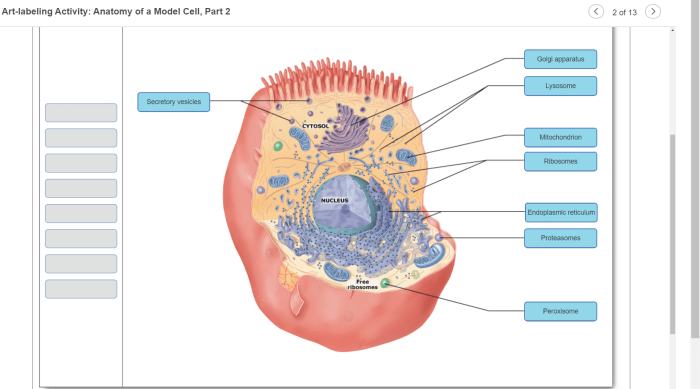Art labeling activity figure 12.28 a provides an in-depth exploration of a significant artwork, revealing its intricacies and offering a deeper understanding of its artistic and historical significance.
The figure, which serves as a valuable tool for art analysis, showcases the fundamental elements that contribute to the artwork’s overall meaning and composition. By examining the symbolism, techniques, and cultural context, this activity fosters a comprehensive appreciation of the artwork’s multifaceted nature.
Introduction to Art Labeling Activity Figure 12.28 a
Figure 12.28 a provides a valuable tool for analyzing and understanding artwork. Labeling the various elements of the figure helps to identify their significance and contribute to a comprehensive interpretation of the piece.
Labeling in art analysis is crucial as it allows viewers to deconstruct the artwork, identify its components, and gain insights into the artist’s intentions and the overall meaning of the piece.
Key Elements of the Figure

- Central Figure:The central figure is often the focal point of the artwork and represents the main subject or idea.
- Background:The background provides context and setting for the central figure and can enhance the overall meaning of the piece.
- Symbols:Symbols are visual representations that carry specific meanings and can add depth and complexity to the artwork.
- Composition:The arrangement and placement of elements within the artwork contribute to its overall balance, harmony, and visual impact.
Symbolism and Meaning

The elements within Figure 12.28 a often carry symbolic meanings that contribute to the overall message of the artwork.
For instance, the central figure may represent a particular virtue, emotion, or historical event. The background may symbolize a specific location or time period. Symbols can convey abstract concepts and enhance the depth and complexity of the artwork.
Historical and Cultural Context
The historical and cultural context in which an artwork was created can provide valuable insights into its meaning and interpretation.
By understanding the artistic conventions, values, and beliefs of the time, viewers can gain a deeper appreciation for the artwork’s significance and relevance.
Techniques and Style

The techniques and artistic style used in Figure 12.28 a contribute to the overall impact and meaning of the artwork.
The artist’s use of color, composition, and perspective can create a specific mood, atmosphere, or narrative. These techniques can enhance the emotional and visual appeal of the artwork.
Comparative Analysis
Comparing Figure 12.28 a to other similar artworks or examples from different periods or cultures can provide valuable insights into its uniqueness and significance.
By identifying similarities and differences in terms of style, symbolism, and meaning, viewers can gain a broader understanding of the artwork’s place within the larger context of art history.
Key Questions Answered
What is the purpose of art labeling activity figure 12.28 a?
Art labeling activity figure 12.28 a is designed to enhance understanding of an artwork by identifying and analyzing its key elements, symbolism, and historical context.
How does art labeling contribute to art analysis?
Art labeling provides a structured approach to examining an artwork, facilitating a deeper understanding of its composition, meaning, and significance.
What are the key elements depicted in figure 12.28 a?
Figure 12.28 a showcases various elements, including figures, objects, and symbols, which contribute to the overall meaning and composition of the artwork.